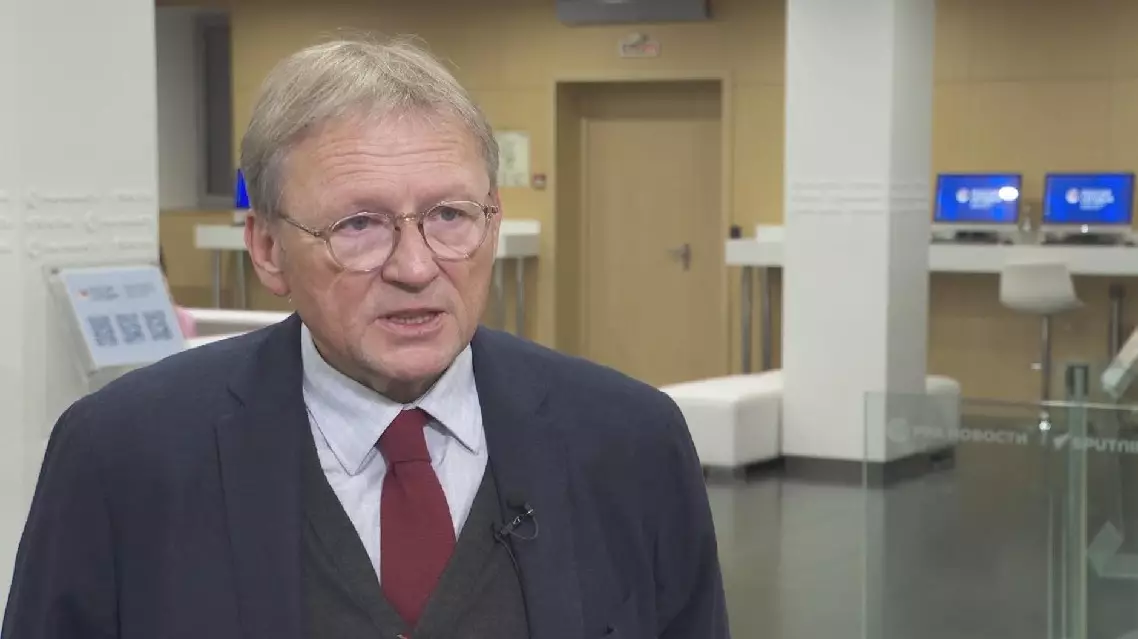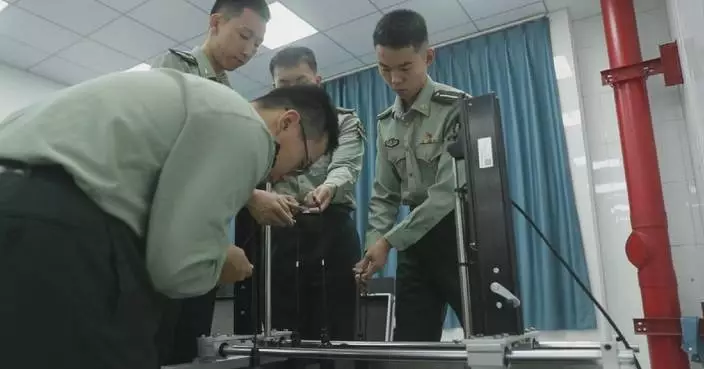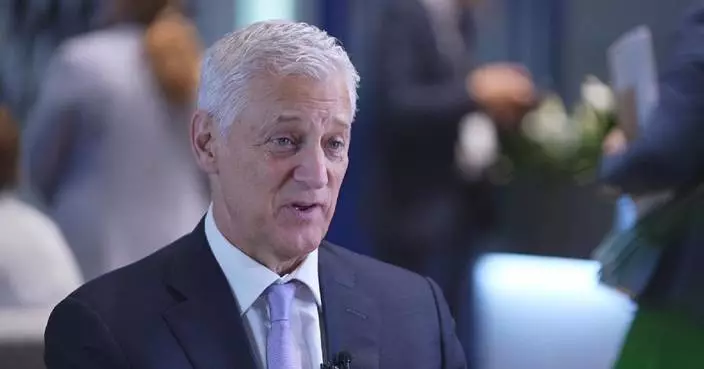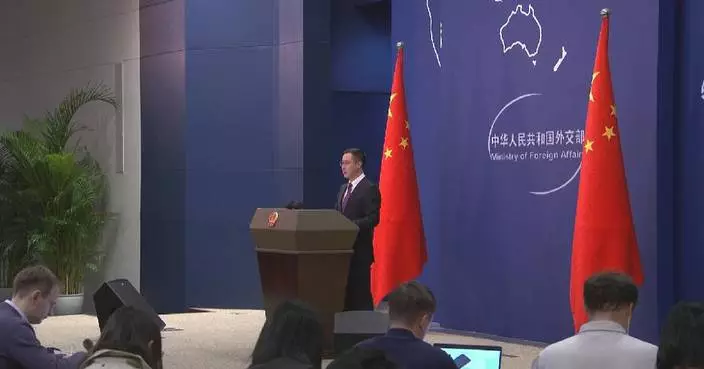A green and low-carbon medical base in east China's Jiangxi Province has been committed to sustainable growth in recent years by retaining original vegetation, reducing energy consumption, recycling liquid and solid wastes, and tapping on renewable energy. The Jiangzhong Pharmaceutical Valley in Nanchang, capital of Jiangxi Province, is the core production base of Chinese pharmaceutical firm CR Jiangzhong. The low-carbon factory is renowned as "the most beautiful factory in China."
Unlike typical medicine factories, forests, lakes and so many species of wildlife animals can be seen in the nearly 187-hectare green valley, but not a single pipeline throughout the whole industrial area.
At the front door of Jiangzhong Pharmaceutical Valley are three magnificent giant reliefs, engraved with 68 famous Chinese medicine doctors from Ancient Era to the end of the Qing Dynasty (1644-1911), showcasing the company's inheritance of thousands of years of the traditional Chinese medicine culture.
The liquid preparation workshop at the production base has been rated as the Intelligent Manufacturing Pilot Demonstration Base by the state.
"Although there are no workers, more than 100 robotic arms and intelligent driverless transport cars play important roles here. So, from the pretreatment of Chinese herbal medicine to the warehouse delivery of cargo from storage, the entire production is fully automated and continuous, thus not only improving the producing efficiency but also ensuring the stability of product quality," said Ding Yuanyuan, a guide of the valley.
The base's manager highlighted the core principles of natural authenticity and green ecology in building, operating and maintaining the factory over the past 20 years.
"We have implemented three major measures - carbon reduction at the source, carbon cut in processes, and carbon sequestration at the end. First, in terms of carbon reduction at the source, we have increased the proportion of clean and renewable energy by constructing three phases of photovoltaic power stations. Currently, clean energy accounts for 30 percent of the total energy use. Regarding carbon cut in processes, we focus on upgrading the production methods. For example, we have transformed our production lines from traditional intermittent production to continuous manufacturing. This change has significantly shortened the production cycle and improved production efficiency. As for the carbon sequestration at the end, we have achieved water reuse standards for treated wastewater. By reusing recycled water, we save over 140,000 tons of water annually," said Zhong Zhijian, general manager of CR Jiangzhong Wanli Manufacturing Base.
He also noted that the factory has made the most of medicine residue to mitigate environmental pollution. For instance, medicine residues from digestive tablets are fermented to become animal feed.
Zhong said the production base can now save 2,200 tons of carbon a year by increasing the use of renewable energy sources, while reducing energy consumption has helped create at least 5 million yuan (about 703,600 U.S. dollars) in economic benefits over the past five years.
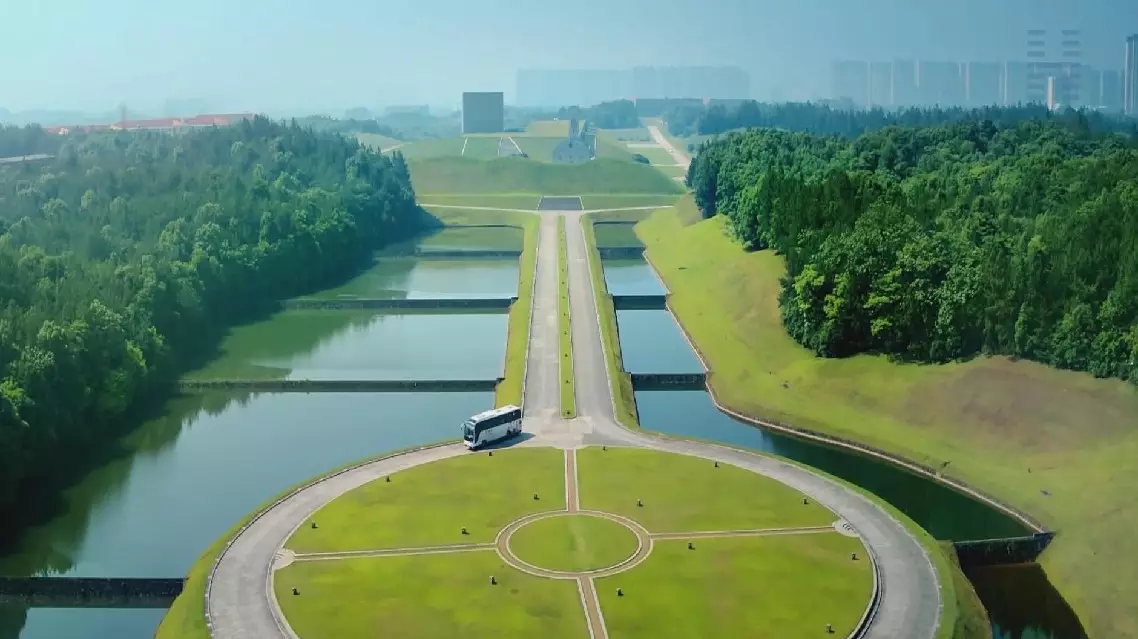
China's "most beautiful factory" committed to sustainable growth in medicine production


